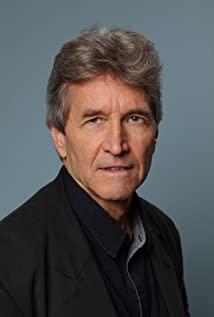The part of religion that is emphasized is the ritual, so the Protestant religion justified by faith was excluded, and the primitive religion with the most distinctive ritual was strongly expressed. Can behavior have a huge purifying effect? I doubt it.
The human dilemma mainly refers to the partialization, alienation and totalitarian disaster of human beings in the city. Can these two points sum up the human dilemma? I very much doubt
that some of the obvious negative images in the film are also expressed in a beautiful way, such as the chick being thrown into the funnel, the shot is fast, there is no struggle, and it is full of geometric aesthetic pleasure. To some extent, this is no different from the Nazis. However, if it depends on the audience's sense of morality, then this contradiction between the pleasure of the picture and the emotional disgust may cause confusion and form reflection. But when it comes to the uniform picture style of the entire film, I don't think the director has such a self-consciousness. He is just pursuing beautiful images. Therefore, the performance of religion will also be limited to the ceremony.
(Some people may think that this film is unethical. But I don't think the director will choose Nazis and other subjects if he wants to break away from morality.)
In short, this film is very ambitious, but it does not have a corresponding strict structure and content consciousness.
PS: This film is extremely negative for China. After the Nazi lens was over, a certain military regime followed, and then the Great Hall of the People! (Music continuation) Terracotta warriors are similar to Nazi skeletons, a totalitarian disaster.
View more about Baraka reviews








